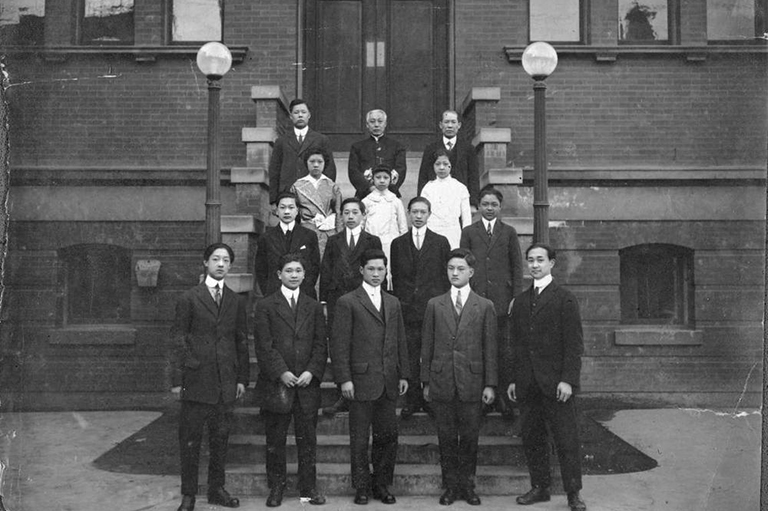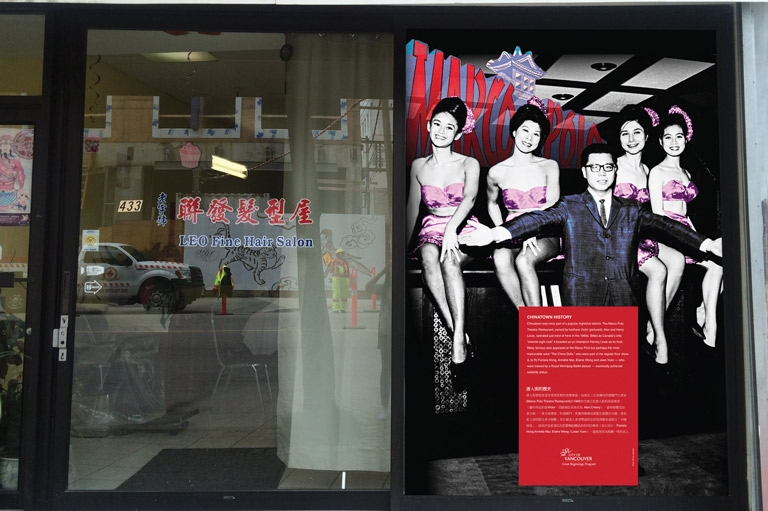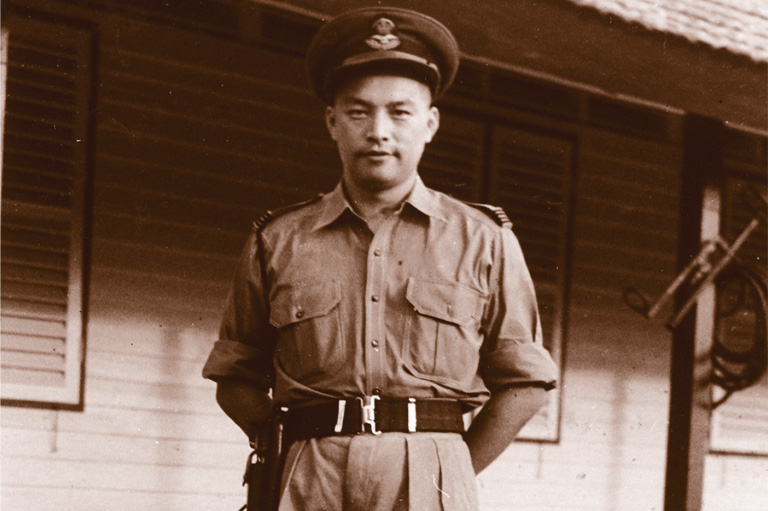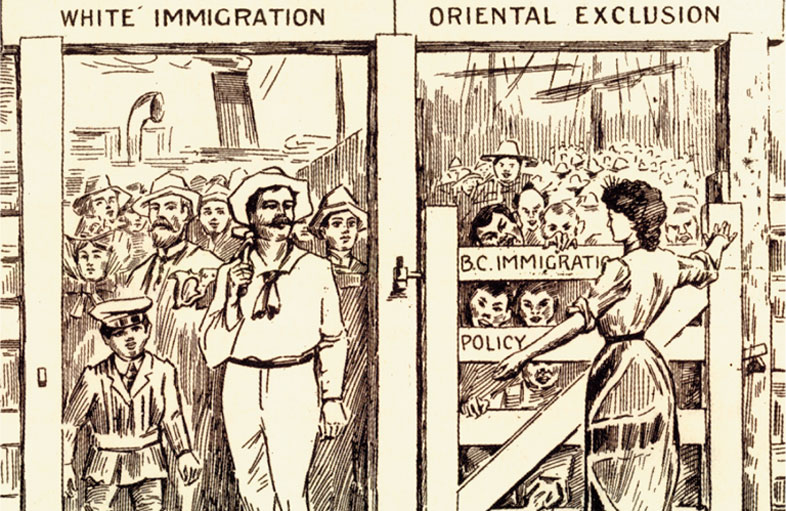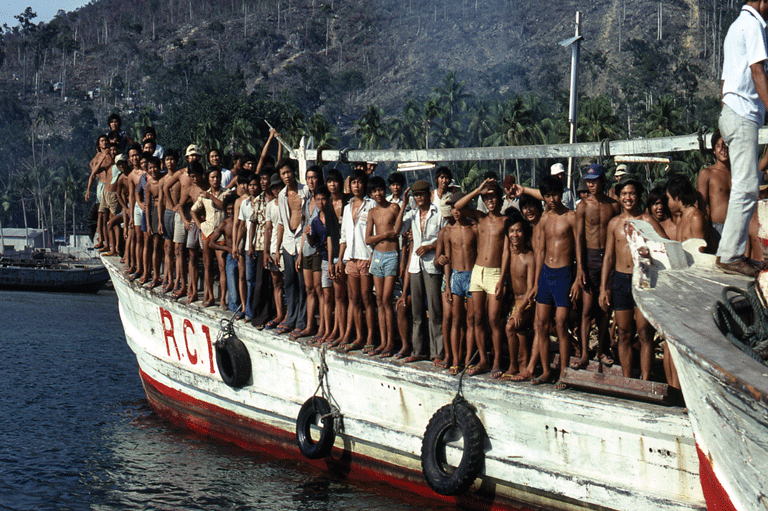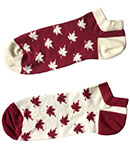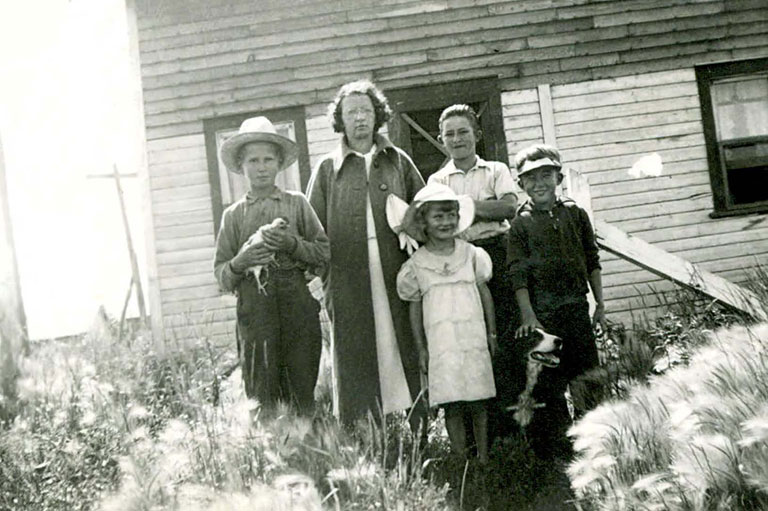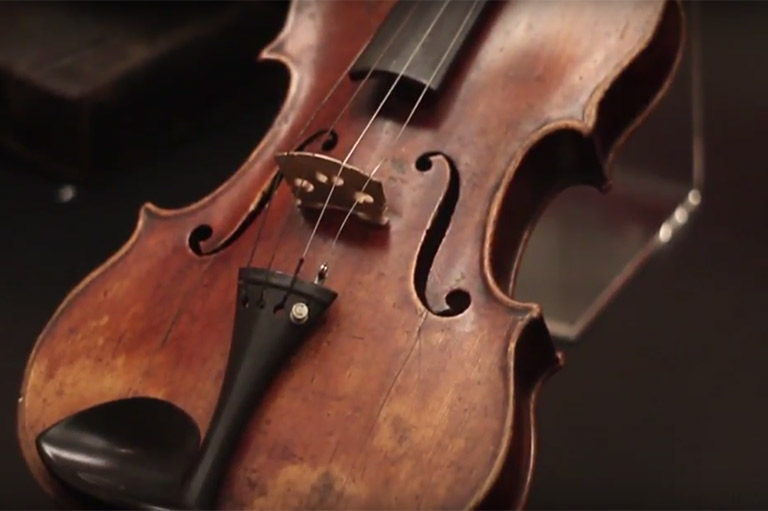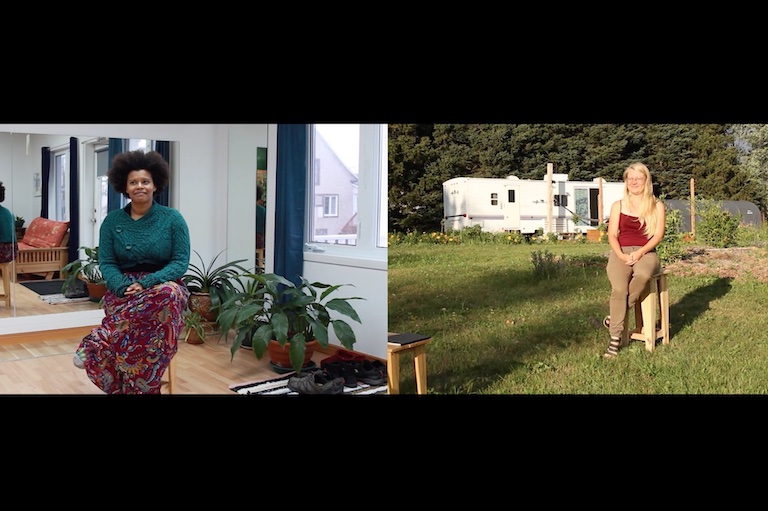Vancouver’s Chinatown in Focus
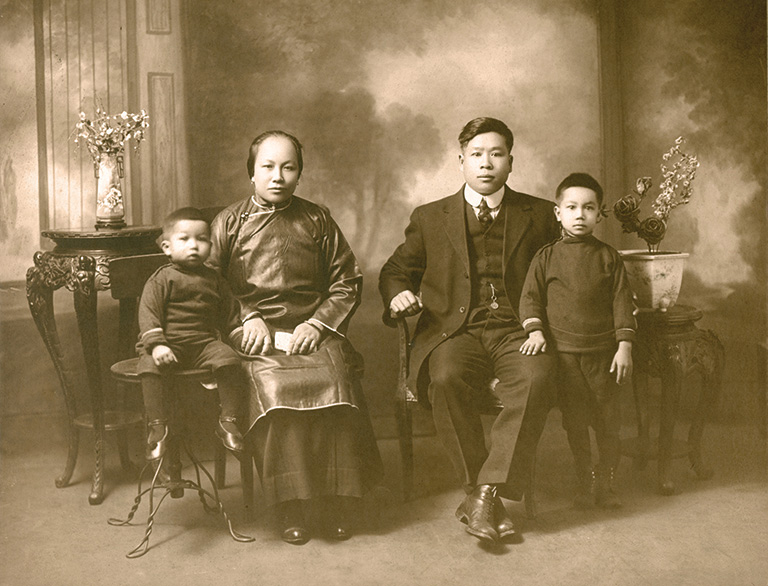
Yucho Chow arrived in Canada from China in 1902, a time when Canada imposed a head tax on Chinese immigrants.
Chow, who was in his late twenties when he immigrated, operated a photography studio in Vancouver’s Chinatown from 1906 until his death in 1949. He captured the lives of Canadians who were often dismissed and faced discrimination because of their race.
After Chow’s death, his sons took over the studio. But when they closed it they also discarded their father’s negatives, not realizing the value of these images of Canadian history.
With 7 uniquely curated newsletters to choose from, we have something for everyone.
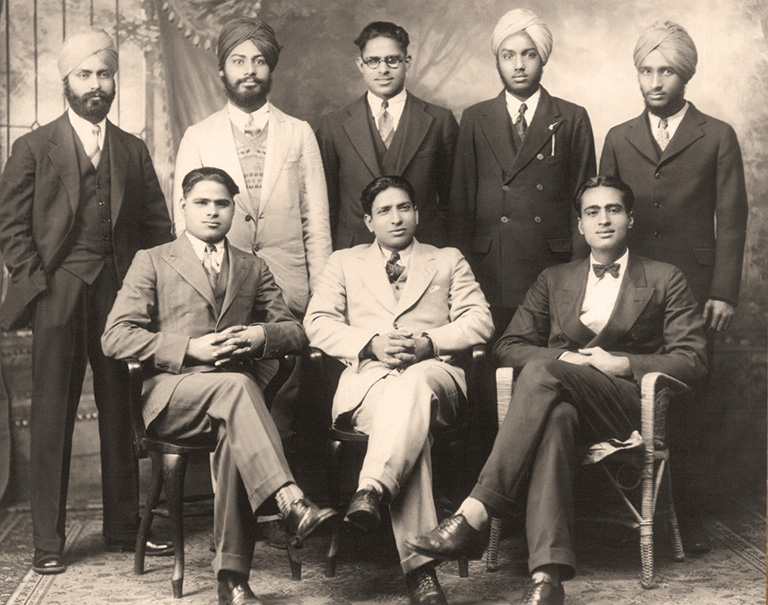
Today, however, Chow’s photos are coming to light, thanks to Catherine Clement, curator of Chinatown Through a Wide Lens: The Hidden Photographs of Yucho Chow.
“Despite the name of the neighbourhood, Vancouver’s Chinatown was not just for Chinese. It was a place of refuge for many other marginalized communities,” Clement said.
“The photographs that emerged are evidence of acceptance: one group — one man — accepting and welcoming others.”
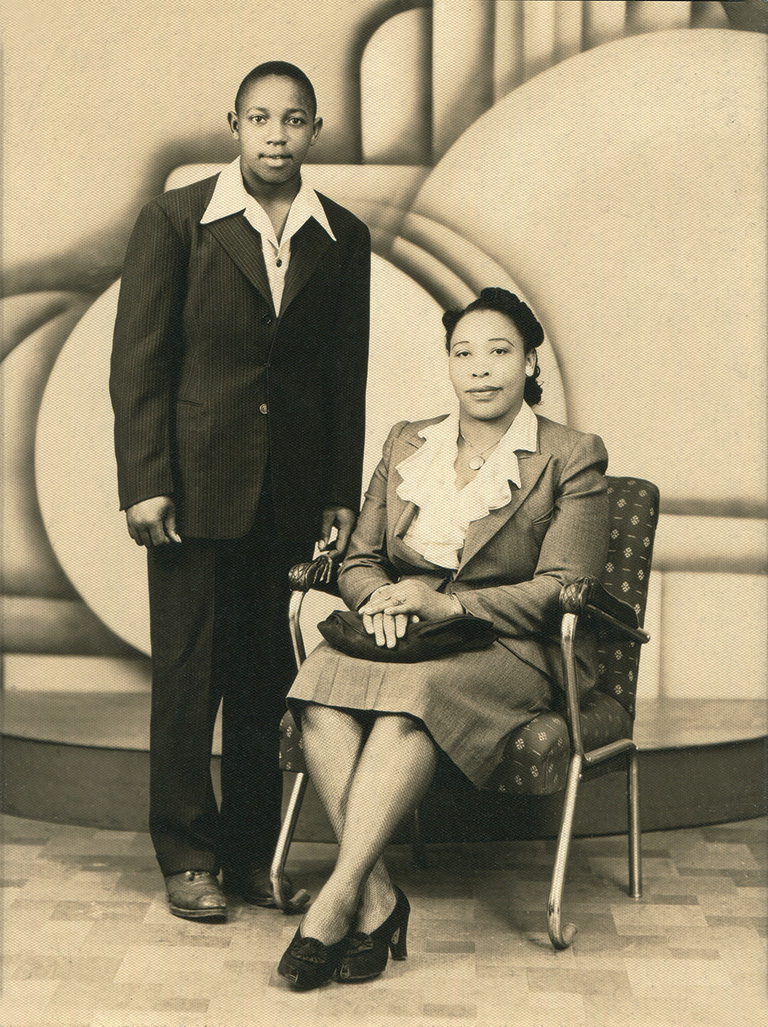
The exhibition was held in May at the Chinese Cultural Centre in Vancouver; Chow’s legacy will also be showcased in a forthcoming book and a digital archive.
Clement learned of Chow’s work while interviewing Chinese-Canadian Second World War veterans. “They would pull out their photo albums, and I kept seeing these beautiful photos with an interesting silver seal stamped on them and the catchy name Yucho Chow.”
With information about Chow scarce, she began her quest to learn more about him.
Clement soon found photos in family belongings or at thrift stores, and slowly gathered enough images to create the exhibit.
At first, Clement thought the project would focus solely on early Chinese in Canada. But it transformed into a story that included other marginalized communities — including Sikh Canadians, black Canadians, Indigenous peoples, and Eastern Europeans.
Thanks to Section 25 of the Canadian Charter of Rights and Freedoms, Canada became the first country in the world to recognize multiculturalism in its Constitution. With your help, we can continue to share voices from the past that were previously silenced or ignored.
We highlight our nation’s diverse past by telling stories that illuminate the people, places, and events that unite us as Canadians, and by making those stories accessible to everyone through our free online content.
Canada’s History is a registered charity that depends on contributions from readers like you to share inspiring and informative stories with students and citizens of all ages — award-winning stories written by Canada’s top historians, authors, journalists, and history enthusiasts.
Any amount helps, or better yet, start a monthly donation today. Your support makes all the difference. Thank you!
Themes associated with this article
Advertisement
You might also like...

Canada’s History Archive, featuring The Beaver, is now available for your browsing and searching pleasure!

